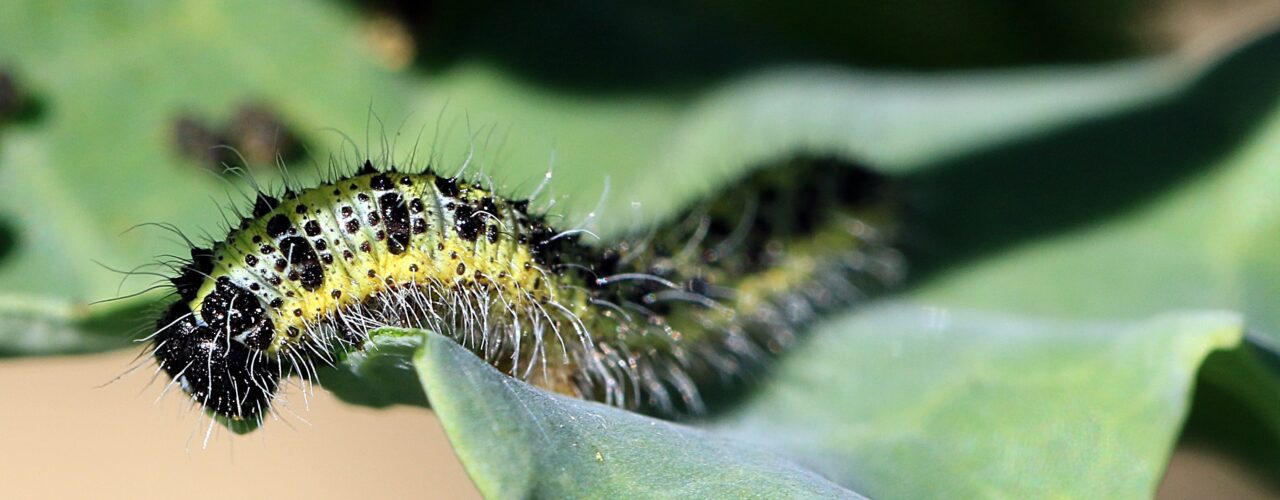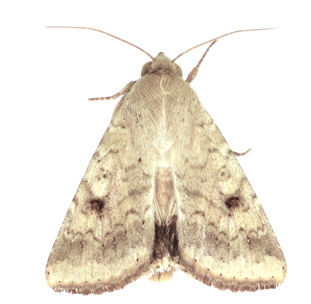
CHEMOSENS: Scent effects on egglaying behavior in pest insects
When insects lay eggs, the choice of egg-laying site will be made based on information collected via sensory organs. Knowledge about the underlaying mechanisms controlling this behaviour can be used to control pest insects without the use of chemical pesticides.

For Insects, olfaction will be very important to find a suitable place for egg laying. This location place must be able to provide protection against predators, and provide food and nourishment for the larvae after hatching. And there should not be much competition from other larvae. To prevent such predation or competition, the eggs and larvae are protected by special fragrances. These volatiles are produced by the eggs or the larvae themselves or by the female egglayer. If another insect seeks out a possible host plant to lay its eggs and senses these fragrances, it will search for another location to lay its eggs.
By using such fragrances, you can manipulate the behaviour of pest insects so that they don't lay eggs on food plants, and prevent plant-damage from the larvae. To apply this strategy successfully one must identify which fragrances are found on eggs and larvae, and find out which of these are sensed by adult insects. It is also useful to know how this type of information is transmitted from the sensory cells and into the insect brain. This may provide a better understanding on how this information is neurologically interpreted by the insects. This must be supported by behavioural studies ensure the efficacy of these fragrances.
The fragrances will be identified from eggs and larvae from the insect species cotton bollworm (Helicoverpa armigera), which is a serious pest insect on cotton and other plants. This insect species is widespread throughout the temperate parts of the world. In addition, it will be made studies on cabbage butterflies (Pieris sp.) that are widespread many places included Norway. The cabbage butterflies can cause great damage to various types of cabbage and other plants.
Partners
Bente Gunnveig Berg, Norwegian University of science and tecknology (NTNU), Department of Psychology
Xi Chu, Norwegian University of science and tecknology (NTNU), Department of Psychology
Atle Wibe NORSØK – Norsk centre for organic agriculture, NORSØK
Pål Kvello Norwegian Norwegian University of science and tecknology (NTNU), Department of teacher education
Yang Liu Institute of Plant Protection, Chinese Academy of Agricultural Sciences, Beijing, China
Xincheng Zhao Henan Agricultural University, Zhengzhou, China
